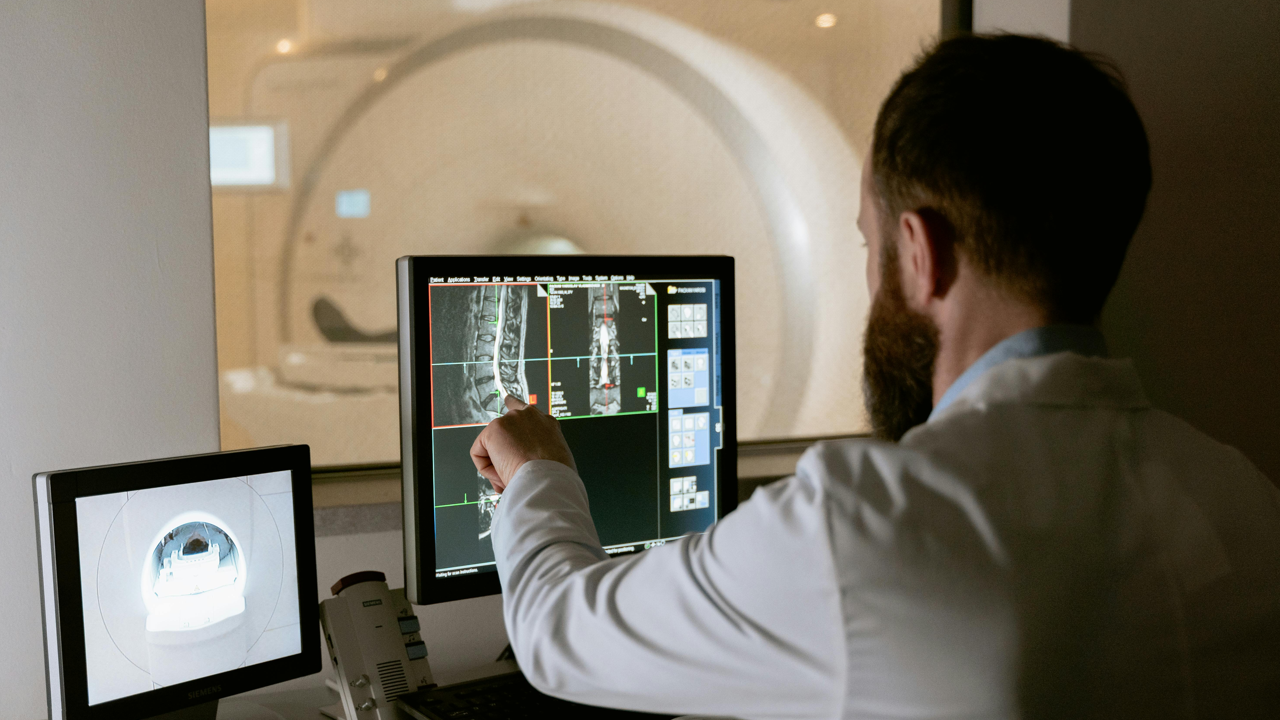
A research team led by Penn State researchers developed a technique that brings black and white diagnostic images of X-rays and CT scans into coloured images. The researchers developed contrast agents that target two proteins involved in osteoarthritis, and this allows researchers to use “advanced imaging called photon-counting computed tomography (CT) to simultaneously track biological responses in colour to reveal more about the disease’s progression than a traditional scan.”
The research was conducted in rats; however, when done on humans, it would allow health care providers to see different processes in colour and observe and track evidence of the disease long before clinical symptoms develop.
In an interview with Penn State, first author Nivetha Gunaseelan, doctoral student in biomedical engineering, said: “If we can develop a contrast agent – a metal nanoprobe – tailored to identify and quantify target particles, there is very little we cannot see with the photon-counting CT scanner. And that visualization is especially important when it comes to diseases such as osteoarthritis, which can progress unnoticed until clinical presentation, which is often at an advanced and irreversible stage. Early intervention could reduce symptoms and improve lifestyle, if we have the tools to enable early diagnosis and longitudinal disease tracking. We can enhance imaging techniques to detect early cartilage changes at a molecular level, and that could help improve diagnosis and monitoring.”
The current technique captures images quickly and helps in emergency situations. However, it lacks soft tissue contrast and cannot separate the imaging signal from the disease site from those of structures like bones. The photon-counting technique would enable highly precise and detailed imaging. Click here to learn more about the study.
What is osteoarthritis?
Osteoarthritis (OA) is a progressive joint disease that is caused by a breakdown of cartilage in a joint. Cartilage is a protein substance that acts as a cushion between bones, allowing joints to glide smoothly. Without it, movements can become stiff, unpleasant, and even painful1.
Unlike other forms of arthritis, OA is non-inflammatory to begin; although it can become inflammatory at later stages. This means that it is not an autoimmune or systemic condition. However, symptoms may worsen if the underlying cause is not addressed. Osteoarthritis severity can be classified based on X-rays to determine joint damage or the impact of the disease on a person’s life14:
- Mild knee osteoarthritis – Low levels of or short bouts of knee pain with well-preserved joint function and quality of life.
- Moderate to severe knee osteoarthritis – Persistent pain which significantly reduces joint function, and quality of life.
The main symptoms of osteoarthritis
The most common symptoms are joint pain and stiffness. OA can affect any joint, but hands and weight-bearing joints—including the spine, hips, and knees—are most often affected. Other joints, like shoulders, elbows, and ankles, are less likely to be affected unless the joint has been previously damaged by injury.
The main issue is that the joint pain and stiffness caused by OA can make it harder to be physically active and participate in life events. For example, OA is a leading cause of mobility limitations which indirectly contributes to life expectancy2. Further, people with OA may attend fewer social events that could benefit mental health and wellbeing3.
Treatment for osteoarthritis
Depending on the severity of the case, there are both non-medication and medication treatment options. For mild knee OA, focusing on education, lifestyle and exercise, are first-line therapies. For moderate to severe OA, a doctor may also recommend medications or joint surgery depending on symptoms. Click here to learn more about treatment options.